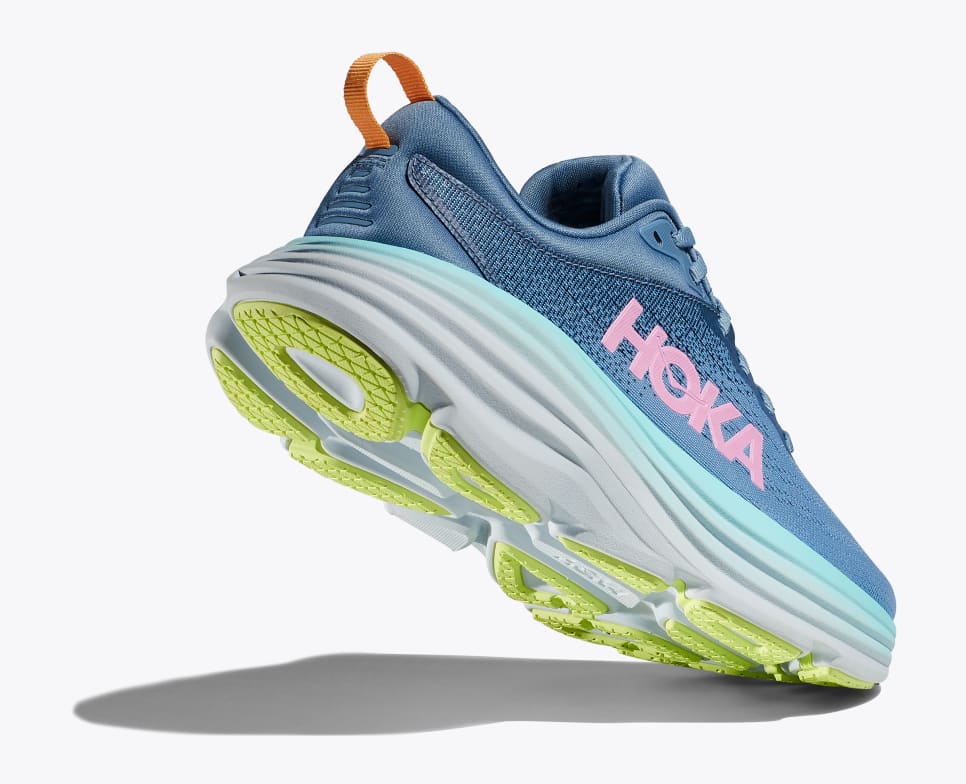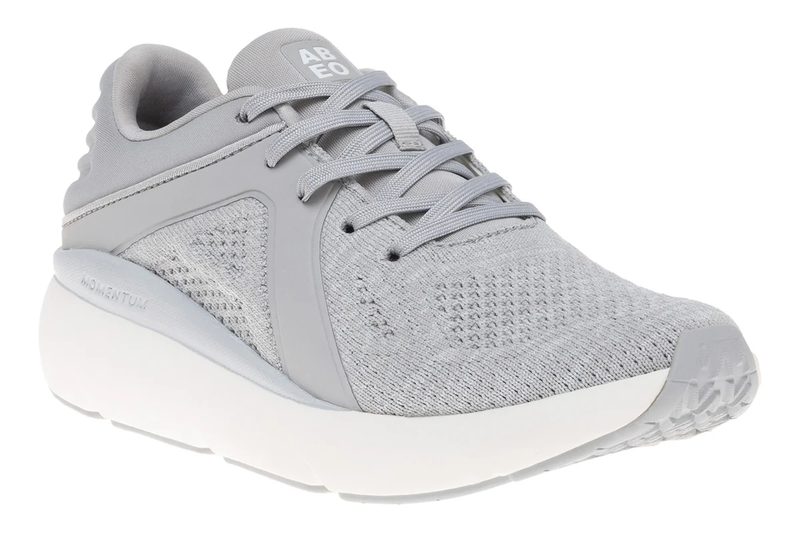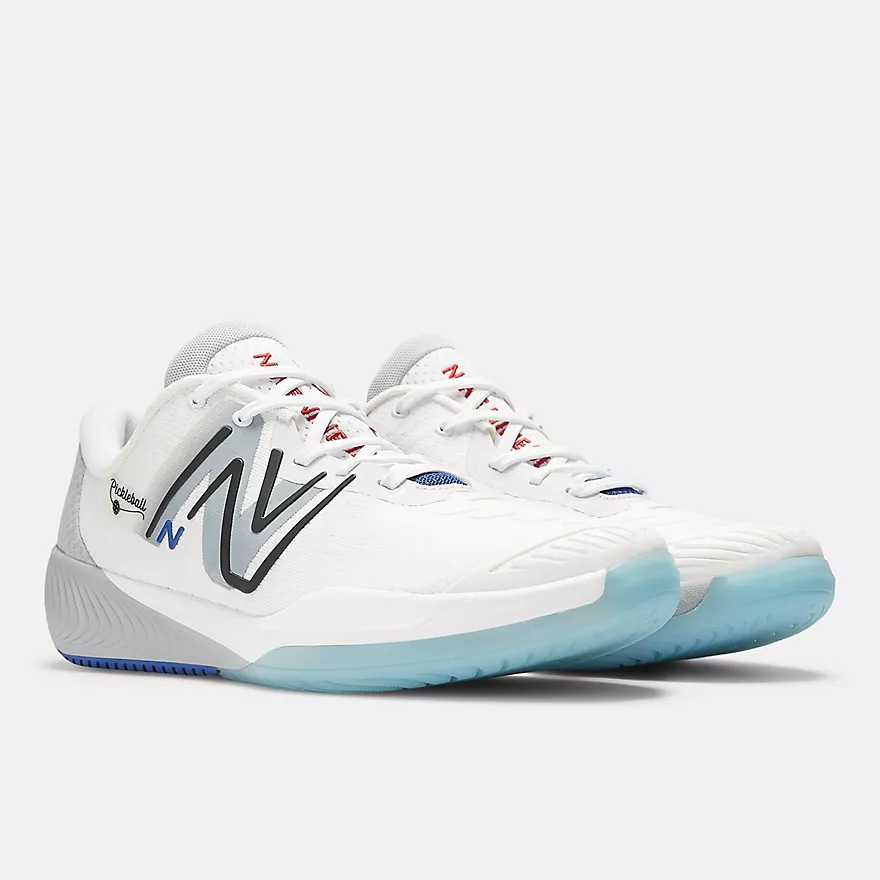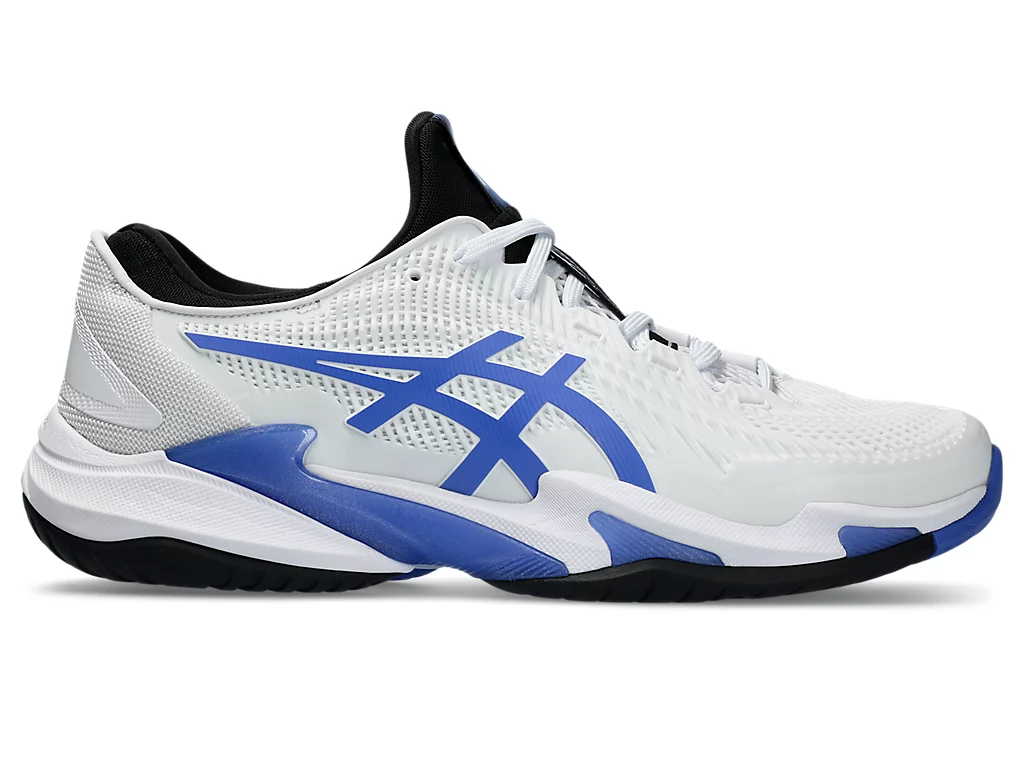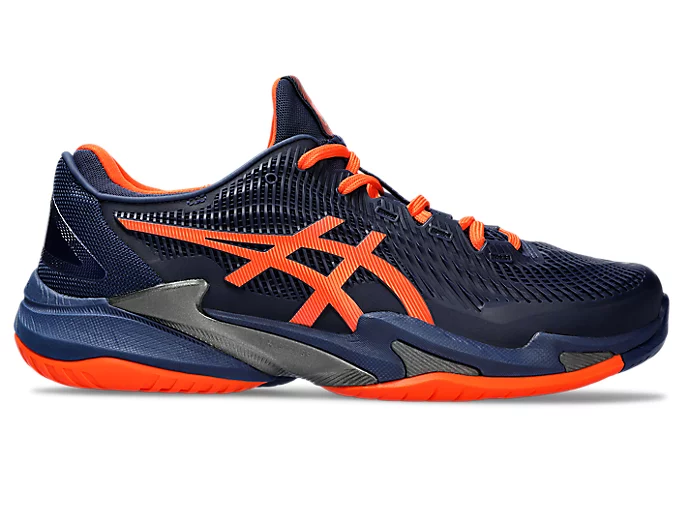The Best Shoes for Plantar Fasciitis in 2024
Plantar fasciitis has a high incidence rate and is the most common cause of heel pain, prevalent among those who spend prolonged periods sitting or standing, are obese, or engage in intense physical activity. Its typical symptom is severe pain in the first few steps in the morning, which can be alleviated by mild warm-up stretching of the plantar fascia. There are various treatment methods for plantar fasciitis, but most patients believe that changing shoes is the best treatment.
A good pair of shoes can help reduce foot pressure and relieve the severe pain caused by plantar fasciitis. In this article, we tested over 90 pairs of shoes on the market from four dimensions: arch support, cushioning, stability, and heel drop, to recommend the best shoes for plantar fasciitis.
Best 3 Shoes For Plantar Fasciitis Overall
The Best Tennis Shoes for Plantar Fasciitis
#1 Why Hoka Bondi 8 Are Ideal for Plantar Fasciitis
Hoka Bondi 8 offer a combination of cushioning, support, stability, and comfort features that make them suitable for individuals with plantar fasciitis.
-
Ultra Cushioning: Hoka Bondi 8 feature a soft and lightweight foam midsole, providing ample cushioning. This extra cushioning can help alleviate pressure on the plantar fascia ligament, reducing discomfort for individuals with plantar fasciitis.
-
Extended Heel Geometry: The extended heel geometry with a rear Crash Pad offers a soft and balanced ride from heel strike to forefoot transition. This design can help provide support and stability, which is beneficial for individuals with plantar fasciitis.
-
Neutral Stability: The Hoka Bondi 8 shoes provide stability without excess motion control. These shoes offer the necessary support while maintaining flexibility, ensuring effective relief and comfort.
-
Engineered Mesh Construction: Hoka Bondi 8 feature engineered mesh construction, which enhances breathability and comfort. Improved breathability can help prevent moisture buildup and maintain a comfortable environment for the feet, reducing the risk of irritation and discomfort.
-
Ortholite Hybrid Sock Liner: The inclusion of an Ortholite hybrid sock liner provides additional comfort and support, contributing to the overall plush feel of the shoes. A well-cushioned and supportive sock liner can help enhance comfort for individuals with plantar fasciitis.
-
Wide Foot Options: Hoka Bondi 8 are available in regular, wide, and extra-wide versions, catering to individuals with different foot widths.
#2 How ABEO MXV Shift Metatarsal Alleviate Plantar Fasciitis Discomfort
AVEO MXV Shift Metatarsal prioritize foot health and comfort, making them an excellent choice for individuals with plantar fasciitis. They provide targeted support to alleviate discomfort, promote stability, and offer traction on various surfaces, enabling wearers to engage in daily activities pain-free.
-
Metatarsal Support: AVEO MXV Shift Metatarsal feature built-in metatarsal support, addressing discomfort and pain associated with the ball of the foot, a common issue for plantar fasciitis sufferers.
-
Customizable Orthotic Support: AVEO MXV Shift Metatarsal come with a removable orthotic metatarsal pad, which offers targeted support to the ball of the foot. Additionally, the customized orthotic footbed can be replaced with your own custom orthotics if needed, providing further personalized support.
-
Arch Support: The arches on these shoes molded to our feet, providing stability and support without causing cramping, a significant concern for those with plantar fasciitis.
-
Heel Stability: The slightly elevated heels of the shoes, combined with grip on the back, contribute to keeping the foot stable, reducing strain on the plantar fascia.
-
Roomy Toe Box: The roomy toe box provides ample space for toes, avoiding compression that can exacerbate plantar fasciitis pain.
-
Stability and Traction: AVEO MXV Shift Metatarsal offer superior stability. The durable rubber outsole provides reliable traction on various surfaces, ensuring stability and minimizing the risk of injury.
-
Lightweight and Comfortable: Despite their supportive features, the shoes are also extremely light and comfortable, ideal for extended wear without causing discomfort or fatigue.
#3 Walking Pain-Free: Cloudflyer 4
Cushioning and Stability:
- Cloudflyer 4 provides ample cushioning and stability for daily use.
- Cloudflyer 4 features a dual-density foam setup, with a softer foam on the lateral side and a denser foam on the medial side, providing inherent stability for those who pronate or roll inwards.
- The denser foam on the medial side offers guidance and support, which can be beneficial for individuals with plantar fasciitis who may need extra support to prevent excessive inward rolling of the foot.
Lockdown and Support:
- The lockdown of the shoe is highlighted as superb, with features such as a redesigned ankle Achilles and heel counter section providing a secure fit.
- The strong plastic overlays, especially in the toe guard region, contribute to a locked-in feeling, preventing excessive movement of the foot within the shoe.
- For individuals with plantar fasciitis, a secure and stable fit can help reduce strain on the plantar fascia and provide better support during activities.
Breathability and Comfort:
- The shoe's upper features a breathable engineered mesh in the front half, providing ventilation and comfort during wear.
- Comfortable padding and a seamless feel contribute to an overall comfortable experience, which is important for individuals with plantar fasciitis who may experience discomfort with certain shoe constructions.
Areas for Improvement:
- The shoe's weight is relatively heavy, which may be a concern for some individuals with plantar fasciitis who prefer lighter footwear to minimize strain on the feet and legs.
How to Choose The Best Shoes For Plantar Fasciitis
1. High Arch Support Benefits for Plantar Fasciitis.
The foot's arch is crucial for proper alignment and weight distribution during activities like walking and standing. Arch support, provided by shoe insoles or midsoles, prevents collapse or overpronation, crucial for managing plantar fasciitis. These shoes reduce strain on the plantar fascia, distributing weight evenly and alleviating discomfort. Opt for shoes with moderate to high arch support for stability and cushioning. They improve foot comfort, mobility, and gait, essential for managing plantar fasciitis.
2. Adequate cushioning is essential.
For those with plantar fasciitis, cushioned shoes are essential. They absorb shock and reduce pressure on sensitive foot tissues, easing inflammation and pain. These shoes minimize fatigue, enhance shock absorption, and enable easier, more comfortable activity.
Heel Cushioning: The heel is a common site of discomfort for individuals with plantar fasciitis, as it bears a significant portion of the body's weight during weight-bearing activities. Shoes with ample heel cushioning help to attenuate impact forces and provide a soft landing surface, reducing strain on the plantar fascia and promoting comfort during heel strikes.
Forefoot Cushioning: In addition to heel cushioning, cushioned support in the forefoot area is also important for individuals with plantar fasciitis, especially during toe-off phase of the gait cycle. Forefoot cushioning helps to absorb pressure and provide a comfortable push-off surface, enhancing propulsion and reducing strain on the inflamed tissues of the foot.
3. Stability can help prevent overpronation or supination.
Stability and motion control features in shoes are designed to minimize excessive foot movement. Shoes with stability and motion control features are crucial for those with plantar fasciitis. They minimize excessive foot movement, correct imbalances, reducing strain on the plantar fascia. This helps alleviate symptoms like heel pain and arch discomfort by promoting more efficient foot mechanics.
Considerations for stability and motion control in footwear vary based on factors like foot type and gait pattern. Some may need mild to moderate stability, while others require more pronounced motion control for severe overpronation or supination.
4. Lower heel drop is better.
The heel drop, refers to the height differential between the heel and forefoot of a shoe. The heel drop directly affects the length and tension of the Achilles tendon and calf muscles. A higher heel drop places the foot in a more dorsiflexed position. This position lengthens the Achilles tendon and calf muscles. Conversely, a lower heel drop reduces this lengthening effect. The tension in the Achilles tendon and calf muscles is closely linked to the tension in the plantar fascia. When the Achilles tendon and calf muscles are tight due to a higher heel drop, they can pull excessively on the plantar fascia during weight-bearing activities like walking or running. This increased tension can exacerbate symptoms of plantar fasciitis, leading to pain and inflammation.
Lower heel drop is generally better. This type of shoe encourages a midfoot or forefoot strike, reducing pressure on the plantar fascia by limiting how much the ankle bends during impact.
Higher heel drop promotes heel strike. This can further stretch the plantar fascia, potentially causing irritation in someone with the condition.
